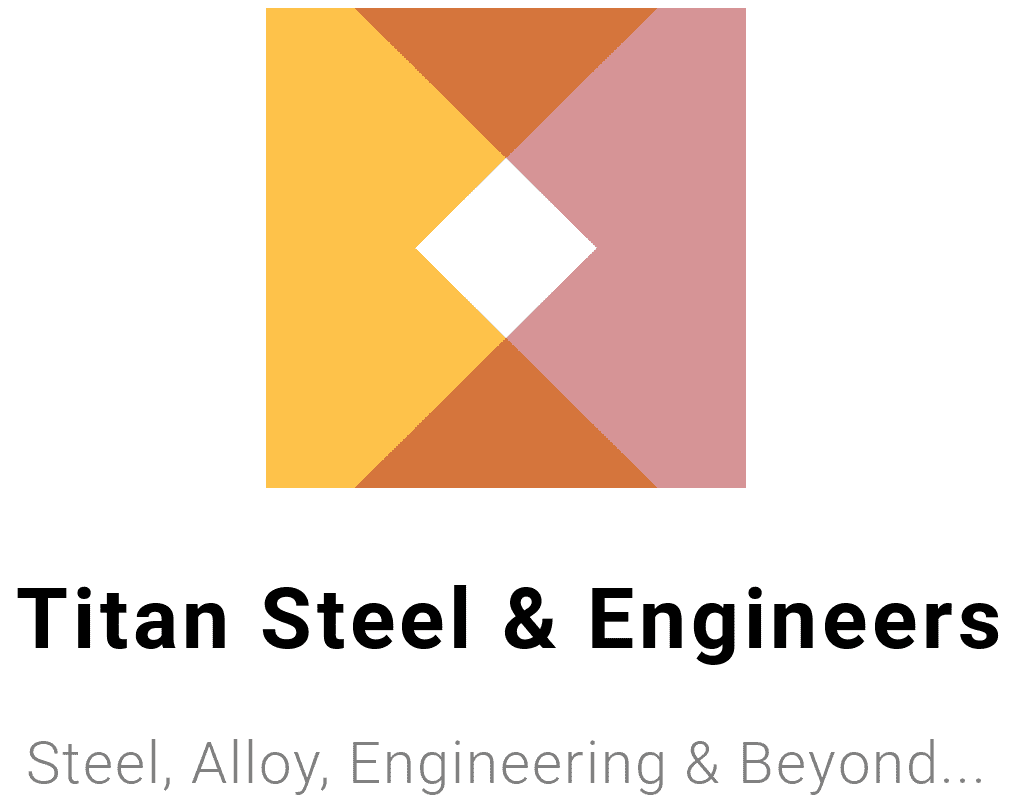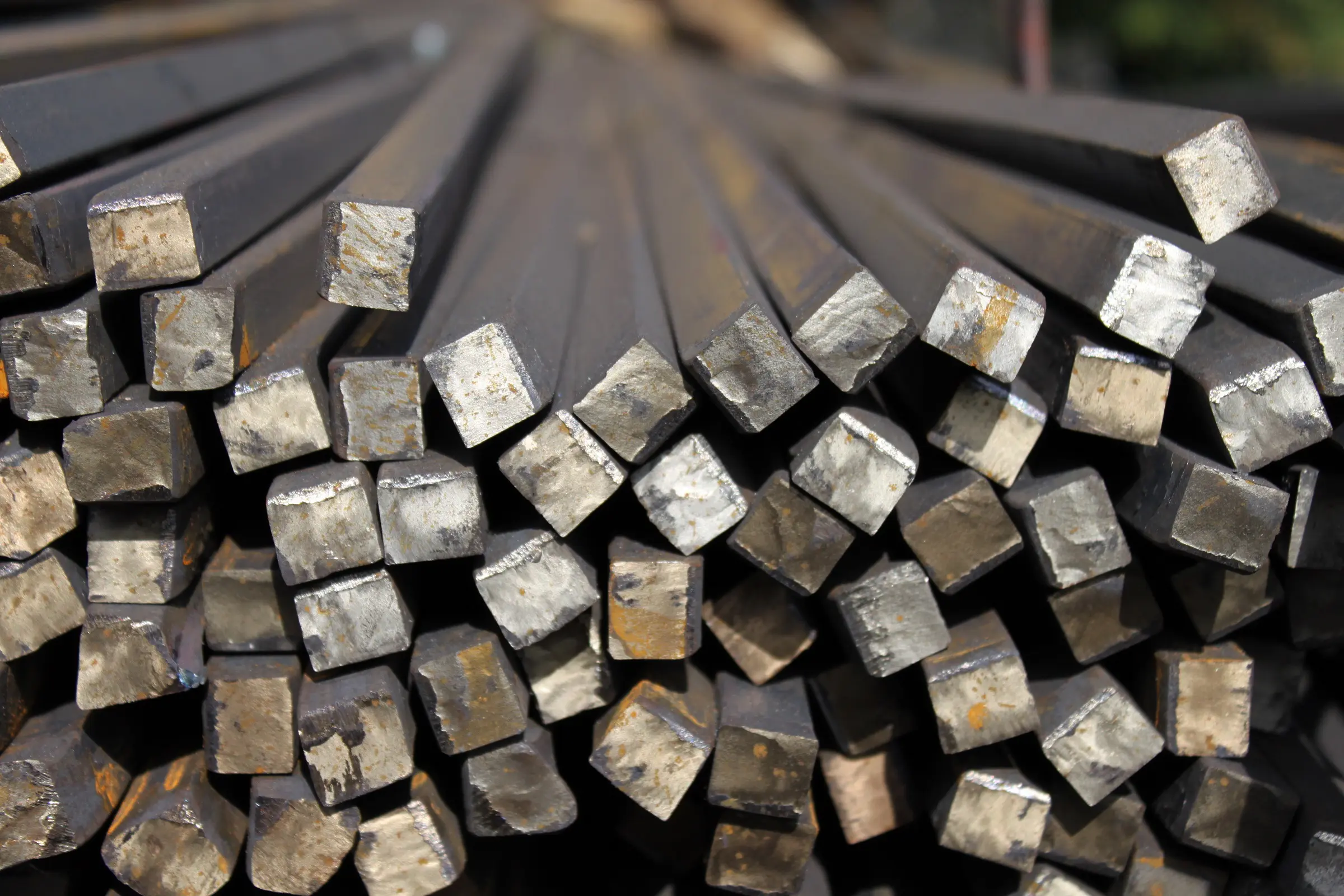Understanding EN19 Steel: Properties, Applications, and Innovations
EN19 steel is a highly versatile engineering material that holds a prominent place in manufacturing, automotive, and aerospace industries. With its exceptional mechanical properties, robust heat treatment response, and adaptability, EN19 has become a go-to choice for engineers and manufacturers worldwide.
Whether you’re exploring materials for designing tough machine parts or optimizing performance for demanding applications, this deep dive into EN19 will provide valuable insights. Here’s everything you need to know about EN19 steel, from its properties and applications to its advantages and potential future developments.
What is EN19 Steel?
EN19 steel is a high-tensile alloy steel known for its excellent strength, ductility, and wear resistance. It belongs to the family of chromium-molybdenum steels, prized for their ability to perform in high-stress environments. Commonly used in manufacturing shafts, gears, axles, and bolts, EN19 is a material of choice when durability and toughness are paramount.
Key Properties of EN19 Steel
- High tensile strength
- Good ductility and toughness
- Excellent wear resistance
- High machinability in annealed conditions
- Superior fatigue resistance
Common Uses of EN19 Steel
EN19 steel excels in applications requiring mechanical strength and resistance to wear. It is extensively used in automotive components, drones, aircraft landing gear, and industrial machinery. Its balance of strength and flexibility makes it an irreplaceable engineering material.
Chemical Composition of EN19 Steel
The impressive properties of EN19 stem from its carefully designed chemical composition. Below is the standard composition of EN19 steel:
- Carbon (C): 0.36–0.44% (contributes to tensile strength)
- Chromium (Cr): 0.90–1.20% (enhances corrosion resistance and hardness)
- Molybdenum (Mo): 0.20–0.35% (improves wear resistance and toughness)
- Silicon (Si): 0.10–0.40% (adds strength without compromising ductility)
- Manganese (Mn): 0.70–1.00% (aids in toughness and strength)
- Sulfur (S) and Phosphorus (P): ≤ 0.040% (minimized for better machinability and durability)
Impact of Chemical Composition
The combination of chromium and molybdenum enhances the material’s heat resistance and mechanical performance, making EN19 suitable for demanding conditions. These elements also improve its hardenability during heat treatments, allowing users to tailor properties like hardness and strength for specific applications.
Mechanical Properties of EN19 Steel
EN19 steel boasts a remarkable set of mechanical properties, thanks to its balanced alloying. Here’s a breakdown of its key characteristics:
- Tensile Strength: Typically ranges between 850–1000 MPa, providing exceptional load-bearing capability.
- Yield Strength: Approximately 680 MPa, ensuring elasticity under significant stress.
- Hardness (Brinell): Usually within 248–302 HB, offering excellent surface durability.
- Elongation: Around 13–16%, ensuring flexibility under stress without fractures.
These properties make EN19 suitable for both high-stress and high-temperature applications, such as engine components and aerospace parts.
Heat Treatment Processes for EN19 Steel
Heat treatment significantly enhances the mechanical performance of EN19 steel, tailoring it for specific industrial applications. Some of the most common processes include:
1. Annealing
- Purpose: Reduces hardness and improves machinability.
- Process: Heating to 830°C–850°C, followed by slow cooling.
2. Quenching and Tempering
- Purpose: Enhances strength, wear resistance, and toughness.
- Process:
-
- Quenching involves heating to 830°C–860°C, followed by rapid cooling in oil.
- Tempering adjusts brittleness at 540°C–680°C, balancing strength and ductility.
3. Nitriding
- Purpose: Improves surface hardness and corrosion resistance.
- Process: Heating in a nitrogen-rich environment around 500°C–510°C.
By carefully selecting the heat treatment method, EN19 steel can meet various performance requirements, from shock resistance to prolonged wear life.
Applications of EN19 Steel Across Industries
The versatility of EN19 steel makes it indispensable for countless industries.
1. Automotive
EN19 is commonly used for shafts, crankshafts, and axles due to its toughness and fatigue resistance. For example, high-performance sports car manufacturers rely on EN19 for engine components that can withstand enormous forces.
2. Aerospace
Critical components like landing gears and actuators demand materials that provide high strength-to-weight ratios. EN19 fits the bill perfectly, ensuring safe and efficient aviation performance.
3. Industrial Machinery
Components like gears, fasteners, and couplings are often made from EN19, given its wear resistance and strength under dynamic loads.
4. Oil and Gas
EN19 is used in drilling equipment and pipelines, where high wear resistance and corrosion prevention are crucial.
Comparing EN19 Steel with Other Alloy Steels
When selecting materials, a comparison with other popular grades can clarify EN19’s unique benefits.
- EN19 vs. EN24
EN24, with higher carbon content, offers superior hardenability and toughness. However, EN19 is easier to machine and provides better ductility, making it a more versatile choice.
- EN19 vs. 4140 Steel
Both grades are chromium-molybdenum steels, but EN19 typically exhibits higher tensile strength and fatigue resistance than 4140, which favors affordability and moderate applications.
Advantages and Limitations of EN19 Steel
Advantages
- Excellent strength-to-weight ratio
- Optimal machinability in annealed conditions
- High resistance to wear and impact
- Versatile applications across industries
Limitations
- Susceptible to corrosion if not plated or coated
- Costs slightly more than conventional steels like 4140
Real-World Case Studies on EN19 Steel
Case Study 1: Automotive Industry
A renowned sports car manufacturer used EN19 steel to produce lightweight, high-performance crankshafts. By leveraging its tensile strength and heat treatment capabilities, the company achieved a 15% reduction in component failure rates.
Case Study 2: Aerospace Sector
An aerospace company applied EN19 for landing gear production, benefiting from its fatigue resistance and ability to operate under extreme stress, meeting regulatory safety standards consistently.
Future Trends in EN19 Steel Technology
The future of EN19 steel looks innovative and promising. Researchers are exploring advanced heat treatments and composite coatings to further enhance its wear resistance and thermal stability. Sustainability efforts, such as using recycled alloying elements, are also gaining traction, aligning EN19’s development with greener manufacturing goals.
Key Takeaways for Engineers and Manufacturers
EN19 steel is a powerhouse material that combines strength, toughness, and adaptability, making it indispensable in industries like automotive and aerospace. Understanding its properties, heat treatment techniques, and applications not only ensures optimal utilization but also opens the door to innovation.
If you’re looking to refine your selection process or explore the latest trends in engineering materials, EN19 steel remains a dependable and forward-thinking choice.


